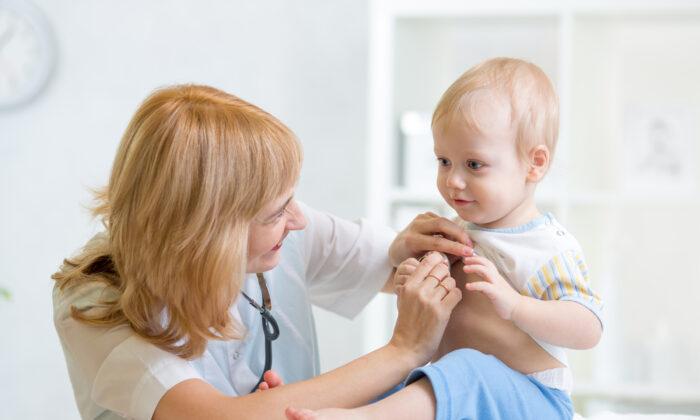How do speech and language develop?
The first 3 years of life, when the brain is developing and maturing, is the most intensive period for acquiring speech and language skills. These skills develop best in a world that is rich with sounds, sights, and consistent exposure to the speech and language of others.What are the milestones for speech and language development?
The first signs of communication occur when an infant learns that a cry will bring food, comfort, and companionship. Newborns also begin to recognize important sounds in their environment, such as the voice of their mother or primary caretaker. As they grow, babies begin to sort out the speech sounds that compose the words of their language. By 6 months of age, most babies recognize the basic sounds of their native language.What is the difference between a speech disorder and a language disorder?
Children who have trouble understanding what others say (receptive language) or difficulty sharing their thoughts (expressive language) may have a language disorder. Specific language impairment (SLI) is a language disorder that delays the mastery of language skills. Some children with SLI may not begin to talk until their third or fourth year.What should I do if my child’s speech or language appears to be delayed?
Talk to your child’s doctor if you have any concerns. Your doctor may refer you to a speech-language pathologist, who is a health professional trained to evaluate and treat people with speech or language disorders. The speech-language pathologist will talk to you about your child’s communication and general development. He or she will also use special spoken tests to evaluate your child. A hearing test is often included in the evaluation because a hearing problem can affect speech and language development. Depending on the result of the evaluation, the speech-language pathologist may suggest activities you can do at home to stimulate your child’s development. They might also recommend group or individual therapy or suggest further evaluation by an audiologist (a health care professional trained to identify and measure hearing loss), or a developmental psychologist (a health care professional with special expertise in the psychological development of infants and children).What research is being conducted on developmental speech and language problems?
The National Institute on Deafness and Other Communication Disorders (NIDCD) sponsors a broad range of research to better understand the development of speech and language disorders, improve diagnostic capabilities, and fine-tune more effective treatments. An ongoing area of study is the search for better ways to diagnose and differentiate among the various types of speech delay. A large study following approximately 4,000 children is gathering data as the children grow to establish reliable signs and symptoms for specific speech disorders, which can then be used to develop accurate diagnostic tests. Additional genetic studies are looking for matches between different genetic variations and specific speech deficits.Researchers sponsored by the NIDCD have discovered one genetic variant, in particular, that is linked to specific language impairment (SLI), a disorder that delays children’s use of words and slows their mastery of language skills throughout their school years. The finding is the first to tie the presence of a distinct genetic mutation to any kind of inherited language impairment. Further research is exploring the role this genetic variant may also play in dyslexia, autism, and speech-sound disorders.
A long-term study looking at how deafness impacts the brain is exploring how the brain “rewires” itself to accommodate deafness. So far, the research has shown that adults who are deaf react faster and more accurately than hearing adults when they observe objects in motion. This ongoing research continues to explore the concept of “brain plasticity”—the ways in which the brain is influenced by health conditions or life experiences—and how it can be used to develop learning strategies that encourage healthy language and speech development in early childhood.
What are voice, speech, and language?
Voice, speech, and language are the tools we use to communicate with each other.Your baby’s hearing and communicative development checklist
Birth to 3 Months
4 to 6 Months
7 Months to 1 Year
1 to 2 Years
2 to 3 Years
3 to 4 Years
4 to 5 Years
This checklist is based upon How Does Your Child Hear and Talk?, courtesy of the American Speech–Language–Hearing Association.






Friends Read Free